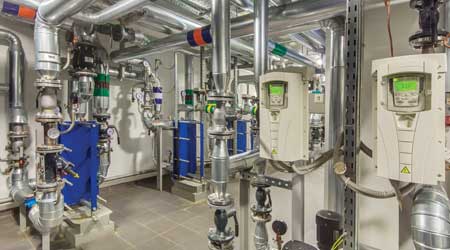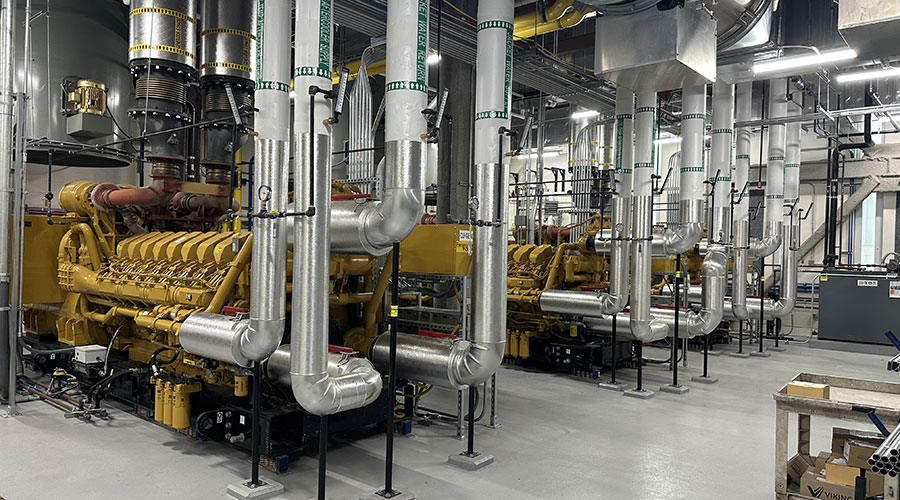Troubleshooting Boilers and Water Heaters
By understanding system operations, maintenance needs and training considerations, managers can ensure efficient performance
Water quality is a major cause of problems that require regular testing and maintenance of boilers and water heaters. Four of the most common problems are scaling, corrosion, fouling and erosion.
Scaling is a thin coating, typically calcium carbonate or magnesium silicate, that forms on the water side of the heating surfaces of a boiler or water heater. It is caused by the hardness of the water, and it reduces heat transfer, decreases fluid flow, and increases system pressure.
Scaling in heating-water boilers typically is controlled by closed-loop water treatment, while in domestic water heaters, it is more difficult to control. Water softeners are essential in areas where hard water is common.
Fouling describes the accumulation of particles or material on mechanical systems. The issue reduces heat-transfer efficiencies, decreases fluid flows and increases system pressures. Proper flushing of new closed-loop piping installations is essential for reducing initial debris in the system. Operators can control additional fouling by closed-loop water treatment and side-stream filtration where necessary. Fouling in domestic water heaters occurs in the storage tanks at times of low usage.
Corrosion is the destruction of metal by a chemical reaction, especially oxidation. Utility domestic water sources frequently contain high levels of oxygen. The problem reduces heat-transfer efficiency and produces leaks in equipment. In heating-water boilers, the problem typically is controlled by closed-loop water treatment. In domestic water heaters, it is more difficult to control.
Erosion is the destruction of metal by high water velocities, which can cause reduced heat-transfer efficiency and produce leaks in equipment. Erosion in heating-water boilers typically is caused by higher-than-design water flow. In domestic-water heaters, erosion is not normally an issue, but it can be an issue in instantaneous heaters if improperly sized.
Looking for trouble
Managers also need to be aware of other potential problems related to the operation of boilers and water heaters.
Non-condensing water-heating boilers and water heaters can experience low flue-gas temperatures. Corrosion caused by acidic flue-gas condensate forms when the flue gas condenses in the combustion chamber and the flues of gas-fired heating equipment.
This problem occurs in boilers when the return-water temperatures are consistently below 140 degrees. Newer condensing boilers feature condensate management systems and are manufactured using corrosion-resistant materials, including neutralization materials designed to protect facility plumbing systems.
Many high-efficiency water-heating systems also have condensate-management systems, and many condensing water heaters and boilers have secondary heat exchangers to increase the operating efficiency by placing an additional heat exchanger in the flue.
Microbial growth also is a major concern that is typically associated with cooling towers, but it also can be a concern in domestic water-heating systems. Legionella is probably the most publicized microbial issue. It can cause sickness and even death.
Operators can control microbial growth in domestic water heaters by maintaining water at high temperatures — 140 degrees — or by ensuring the water is constantly flowing. Stagnant water promotes biofilm growth. Dead legs in the piping can be a significant cause of microbial growth. Ultraviolet (UV) radiation is also excellent for microbial control.
Related Topics:















